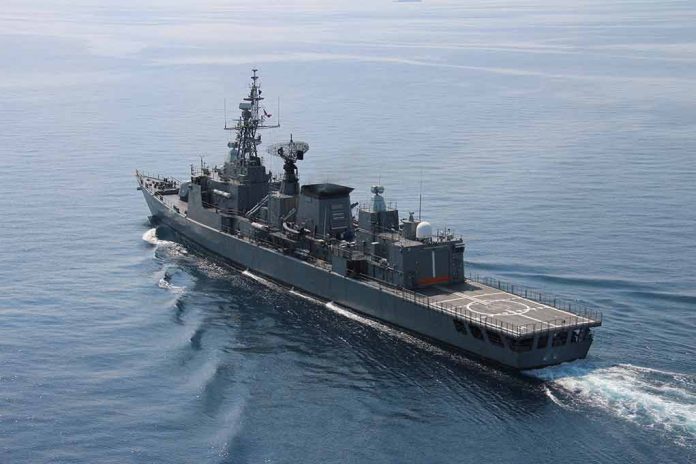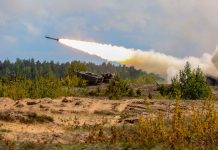
The United States is taking decisive action in response to escalating tensions with Iran, reinforcing its military presence in the Middle East. This strategic move, which includes the deployment of advanced assets like the USS Abraham Lincoln Carrier Strike Group and F-35 fighters, aims to bolster defense capabilities and deter potential aggression from Iran and its allies. As the situation unfolds, the international community watches closely, aware of the significant implications for regional stability and global security.
Reinforcing U.S. Military Presence
Defense Secretary Lloyd Austin recently ordered the USS Abraham Lincoln Carrier Strike Group to expedite its transit to the U.S. Central Command region. This carrier group, “equipped with F-35C fighters,” represents a significant enhancement of American military capabilities in the area. The deployment is part of a broader strategy to “mitigate the possibility of regional escalation by Iran or Iran’s partners and proxies,” as stated by U.S. officials.
Strategic Assets and Their Significance
The USS Abraham Lincoln will be joined by the USS Georgia guided missile submarine, further strengthening the U.S. naval presence. Additionally, the Pentagon has announced plans to increase readiness for land-based ballistic missile defense and deploy an additional fighter squadron to the region. These assets provide a multi-layered defense capability, crucial for protecting U.S. interests and allies in the face of potential threats.
Responding to Credible Threats
Intelligence reports indicating potential Iranian threats to U.S. forces and regional allies have prompted this rapid military response. The U.S. State Department has issued a “do not travel” advisory for Lebanon, citing “rising tensions between Hezbollah and Israel.” This heightened state of alert underscores the seriousness of the perceived threats and the U.S. commitment to maintaining regional security.
Regional Implications and Ally Reactions
Israel has placed its military on “peak alert” and approved battle plans in anticipation of a possible attack from Iran and Hezbollah. The increased U.S. military presence is seen as a show of support for Israel and other regional allies. However, this move also raises questions about the potential for escalation and the broader impact on regional stability.
Challenges and Future Outlook
As the U.S. reinforces its military position in the Middle East, it faces the challenge of balancing deterrence with the risk of escalation. The situation remains fluid, with ongoing attacks on U.S. forces by Iranian proxies and the potential for wider regional conflict. The long-term implications of this increased military presence for U.S. foreign policy and regional dynamics remain to be seen.
In conclusion, the U.S. military’s new moves in the Middle East represent a significant response to rising tensions with Iran. While aimed at deterring aggression and protecting American interests, these actions also highlight the complex and volatile nature of the region’s geopolitical landscape. As events continue to unfold, the effectiveness of this strategy in maintaining peace and security will be closely watched by allies and adversaries alike.
Sources
- U.S. Increases Force Posture in the Middle East Amid Iranian Threats
- As Tensions Simmer in the Middle East, Pentagon Redirects Carrier Strike Group to the Area
- US is barreling toward another war in the Middle East
- Confrontation With Iran
- US Sends Reinforcements To Middle East Amid Fears Of Iran Attack: Official
More from Around the Web
Former U.S. NATO Ambassador says Iran threatening Middle East ‘in way of preparations’:
White House still pushing for Gaza cease-fire as fears of wider war in Middle East escalate:














